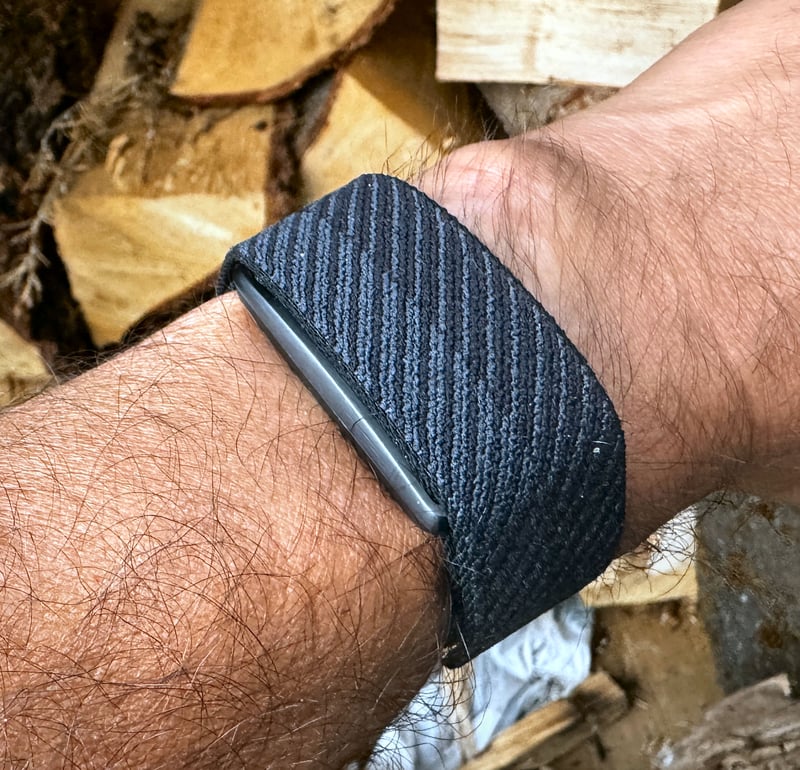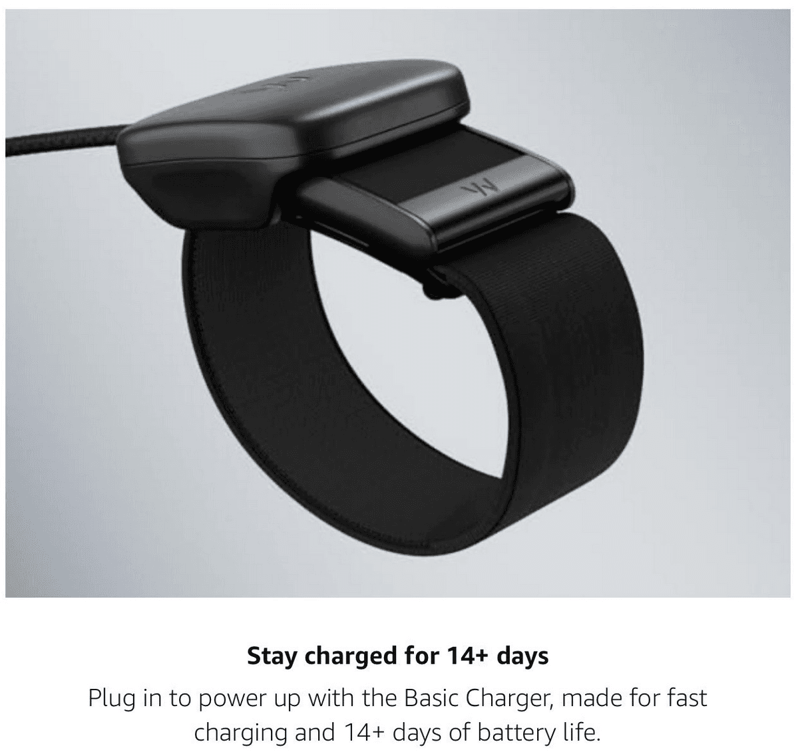
Fitness Feud: Whoop Sues Polar Over ‘Wholesale Copy’ of Wearable Design
Wearable technology is becoming a legal minefield, as yet another major challenge is filed between key industry players. On October 14, 2025, Whoop filed a lawsuit against Finnish fitness tracker maker Polar, accusing the legacy wearable company of creating a “wholesale copy” of its signature device design.
The case will be heard in New York and centres on claims of trade dress infringement under the Lanham Act, a key US federal law governing trademarks and unfair competition.
What Is Trade Dress Infringement?
Trade Dress Infringement is a form of intellectual property protection that covers the overall look and feel of a product that identifies its source to consumers. Essentially, we are talking about visual similarities between a new product and an established incumbent that are confusing to the public.
A related US case is Coca-Cola Co. v. Koke Co. of America (1920), where the Supreme Court famously ruled that the trademarked name “Coca-Cola” deserved legal protection because it had acquired “secondary significance” in the mind of the public, distinguishing the product from imitators.
In the UK, similar laws are referred to as ‘passing off.’ The most famous recent case was with Colin the Caterpillar – a cake in the form of a toy children’s caterpillar toy sold by M&S. Aldi was widely believed by the public to have made a highly similar product, but reached an out-of-court settlement.
The Core of the Dispute: Design Similarity
At the heart of the wearable lawsuit is Polar’s new LOOP screenless fitness tracker band. This launched in September 2025 and was marketed by the company as a cheaper competitor to Whoop.
Whoop argues that the visual appearance of the Polar Loop is visually indistinguishable from its own device, citing a specific set of design details it claims are strongly associated with the Whoop brand:
- Continuous Fabric Band over Sensor: The design features a textile strap that wraps continuously over the main sensor module.
- Faceless Front: A minimalist front with no screen.
- Metallic Accents: Metallic details on the clasp and sensor housing.
Whoop claims that these features are not necessary to be functional. And that their look and feel identifies the product as Whoop. They state that Polar’s alleged copying will cause confusion in customers’ eyes.
But is it a copycat design?
Here is a recent image of my Polar LOOP and a stock image from Whoop with it oriented in a similar way.
Here are some points I would make
- Both do have a strap-over design; however, the attachment mechanisms are entirely different.
- Whilst Whoop does have a strap-over design, the strap is covered by the ‘W’ branded hook end to its band
- The look from the side is similar, but not often seen
- Whoop markets numerous replacement straps and apparel where the product can be worn in different ways
- Amatfit Helio is very similar in appearance to Polar and hence to Whoop
- Other brands like Coros and Wahoo have made similar straps, but none are directly competitive in terms of the features in the ecosystem

The Context: Subscription Model vs. One-Time Purchase
The legal clash arrives with an interesting commercial backdrop. While both companies have now introduced similar-looking screenless devices that track health and recovery metrics, their business models are fundamentally different:
- Whoop: Operates primarily on a **subscription model**, where owners pay a monthly or annual fee to access data and insights.
- Polar Loop: Is differently positioned as a **one-time purchase** for the band with free access for life to all its features.
This clear pricing difference means that Polar’s product may be seen by potential buyers as a more affordable, long-term option, potentially drawing customers away from Whoop. The absence of any other dispute between the companies suggests this claim is a swift response to a direct challenge. Whoop is worried.
The Stakes
Whoop is seeking material actions from the court, namely:
- Damages: Monetary compensation for the harm to its brand allegedly caused by Polar’s infringement.
- Injunction: A court order to immediately halt Polar’s sales and distribution of the current Polar Loop design in the US.
The key aspects determining the outcome will be whether Whoop can convince the court that its minimalist design elements are sufficiently non-functional to have a meaningful “secondary meaning”.
Bad News for Polar?
If successful, the lawsuit would probably force Polar to redesign its new device before restarting sales in the USA. It would be a significant legal victory for Whoop in protecting its distinctive aesthetic in the non-watch part of the wearable market.
A victory would enable Whoop to take action against other competitors like Amazfit.
It seems to me that Whoop has a case here.
Remember this differs from some recent cases, which boiled down to ‘who invented what’. This time, it is whether or not Polar has copied Whoop – the copying doesn’t have to be intentional, and Whoop doesn’t have to prove that it invented the ‘strap over the sensor’ look.
Can we say that a customer might buy a Polar LOOP by mistake, thinking it’s the Whoop? I suspect the answer is a resounding No. But think of it a different way: Might your sports friends see your Polar LOOP on your wrist and think it could be a Whoop? The answer is probably yes, and thus, I would say that Whoop’s brand has been diminished in some way—in this case, by a cheaper rival.
Like it or not, I suspect Whoop has a good chance of winning.








I’m glad then at a glance I could wear a gear forerunner 35 and everyone thinks it’s a marquee athletic because it’s a round watch